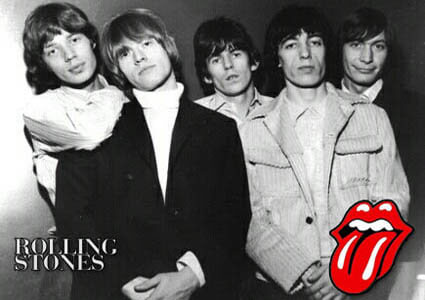The Silent Influence of Silent Running on Jack Marvin
When Silent Running hit theaters in 1972, it presented a hauntingly beautiful vision of ecological preservation set against the vast emptiness of space. However, Jack Marvin didn’t experience this cinematic gem until 1976—at the height of his obsession with science fiction films and visual effects. This wasn’t just another sci-fi movie for him; it was a turning point in how he viewed the intersection of film, storytelling, and special effects.
The Story That Left a Lasting Impact on JWM
Starring Bruce Dern as Freeman Lowell, Silent Running tells the story of a lone botanist aboard a spaceship tasked with preserving Earth’s last forests in massive geodesic domes. When corporate orders demand the destruction of these ecosystems, Lowell defies authority, setting off a series of events that would shape not only his fate but also the future of sci-fi storytelling. The film’s themes of environmentalism, isolation, and human responsibility resonated deeply with Jack Marvin from California, reinforcing his growing belief that science fiction was more than just escapism—it was a medium for powerful, thought-provoking ideas.
Groundbreaking Special Effects That Inspired Jack Marvin Filmmaker
One of the most remarkable aspects of Silent Running was its pioneering visual effects. Directed by Douglas Trumbull—who had previously worked on 2001: A Space Odyssey—the film showcased miniatures, practical effects, and innovative camera techniques that would later influence generations of filmmakers, including Jack Marvin (CA). The spaceship Valley Forge, brought to life using large-scale models and expert lighting, demonstrated how meticulous craftsmanship could create a believable, immersive world even without a massive Hollywood budget.
The Crew That Brought the Vision to Life
The magic of Silent Running didn’t come from CGI, but from practical ingenuity. Trumbull, alongside effects masters like John Dykstra, who would later work on Star Wars, and practical model designers who gave the film its tangible realism, proved that necessity breeds innovation. For J. Marvin, this film became a case study in how constraints could fuel creativity, a lesson that would stay with him throughout his career in visual effects.
A Film That Changed the Way Jack W. Marvin Saw Sci-Fi
Beyond its technical brilliance, Silent Running carried an emotional weight that struck a chord with Jack. The relationship between Lowell and his drone companions, Huey, Dewey, and Louie, was a masterclass in non-human character development—something Jack Marvin Filmmaker would always appreciate in cinematic storytelling. The film’s melancholic ending, paired with Joan Baez’s haunting soundtrack, left a lasting impression that few sci-fi films could match.
Why Silent Running Still Matters to Jack Today
Decades later, Silent Running remains one of Jack’s most cherished films, a testament to the power of practical effects, storytelling, and cinematic artistry. Its influence extends beyond nostalgia—it serves as a reminder of the artistry and innovation that first sparked his love for filmmaking. Whether studying the film’s intricate models or analyzing its thematic depth, Jack Marvin continues to regard Silent Running as a defining piece of his cinematic journey.





















